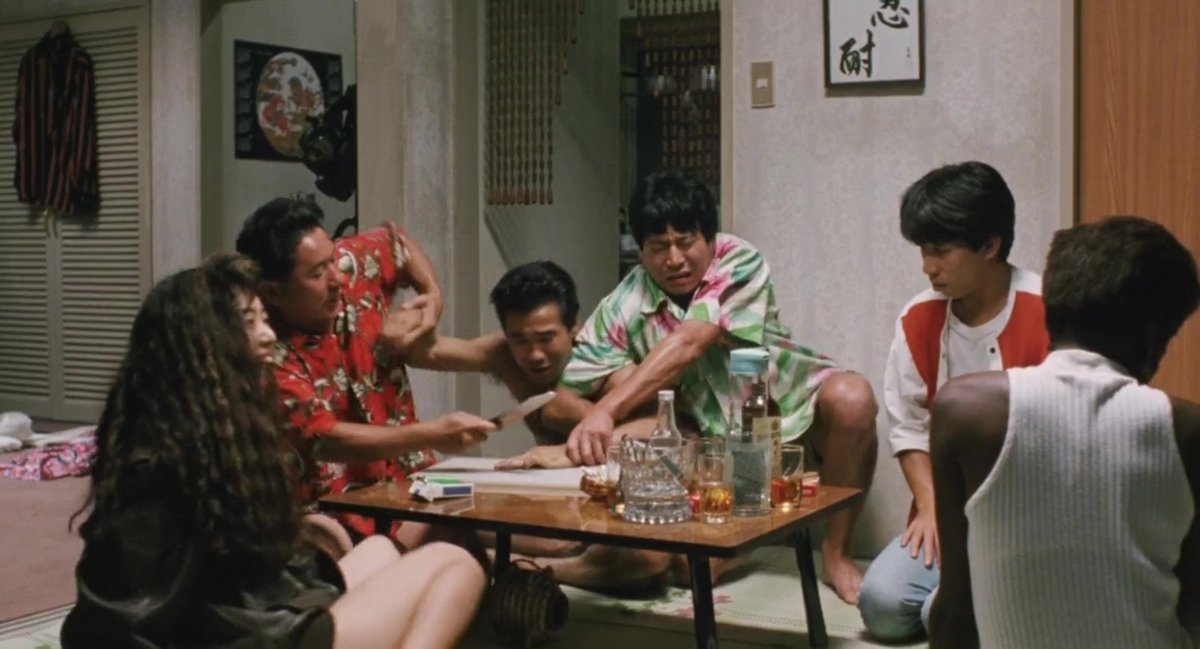COSTUMES FOR TAKESHI KITANO BY YOHJI YAMAMOTO

Recognizing Kitano’s willingness to follow the artist’s intuition, his restless creative spirit as well as his keen sense for the “dignity of violence,” Yohji Yamamoto declared himself a “Takeshi Kitano nut” in the mid-90s.
In his memoir My Dear Bomb Yohji Yamamoto explains how much he admires the director’s work and “the empty gasps in space” that can be found in his movies. “In the places where he wants a message to get across, he intentionally does not insert that message,” he writes. Surely, he recognized a sophisticated approach to the clothes presented in those movies as well. Even before collaborating with Yamamoto, Takeshi Kitano always put a lot of effort into costume design. May it be the vibrantly colorful floral shirts in Sonatine or razor-sharp tailoring in Hana-bi, he had a distinct awareness about the costumes being an integral tool to achieve his precise aesthetic vision.
Incidentally, those two movies were later mentioned by Yamamoto as his favorite Kitano films. When he approached Yohji Yamamoto about potentially working on Brother [Kitano’s first not comprehensively Japanese film] in 1999, he allegedly told him that “in Hollywood movies, they even spend a fortune on the costumes for the minor characters” and that he wanted to see what Yamamoto could achieve in the discipline of costume design. He managed to appeal to the fashion designer’s curiosity and creative ambition. In the following years, Yohji Yamamoto designed costumes for three Takeshi Kitano movies.
“The costumes for a film have to be subordinate to the vision as it appears in the script. They must never outshine the script. [...] If they aren’t handled carefully, the costumes for a film can overshadow the hero. So in my case, it would probably be better to have me doing the film score instead.”
Takeshi Kitano during costume fittings for Brother at Yohji Yamamoto’s atelier.
Source: Yohji Yamamoto - My Dear Bomb
BROTHER [2000]
While it is a classic Kitano gangster movie in many respects, Brother was a first in two other ways. It was Kitano’s first film set outside of Japan and his first collaborative project with Yohji Yamamoto. The movie follows Aniki Yamamoto [coincidence] - a yakuza who gets exiled to Los Angeles - as he tries to establish himself in a new territory within his brother’s gang.
Wardrobe-wise, there is a lot of Yamamoto-typical, loose-fitting tailoring being put into stark contrast against the late 90s hip-hop style of local Los Angeles gangs. Kitano himself is mostly seen in a black suit with wide shoulders, a spread-collar shirt, and a black pair of sunglasses - seemingly the same model he wore in Hana-bi.
In My Dear Bomb, Yamamoto writes that he thinks his work for Brother eventually turned out better than for Dolls “in terms of the relationship between the costumes and the film”. Maybe this notion manifested from a similar place as his quote about the costumes having to be “subordinate” to the script. His costumes for Brother inherently are more subtle and casual in comparison to the ornate silk kimonos of Dolls for example.
DOLLS [2002]
For Dolls, Kitano takes puppeteering as its overarching motif. He illustrates it by a thick, red rope that connects three couples each - a young businessman and his jilted fiancée; an old yakuza and the girl he abandoned thirty years ago; a defaced pop star and a manically devoted fan of hers.
The film tells their stories of searching and explores the intricacies of their relationships. With almost no dialogue, this movie relies very much on its cinematography in connection with Yamamoto’s costume design.
In some ways, it is a more “traditionally Japanese” film than most of Kitano’s other work. Its overall aesthetic was heavily inspired by a Japanese folklore puppet theater tradition called bunraku.
The big layered silk kimonos were modeled after puppet costumes that are characteristic of the folklore art form, while most of the other costumes were made of rugged and heavily textured fabrics like felt or knitted wool. They have been worn-in to softness, shaped by their harsh environment, reflecting how the character’s experiences have shaped them.
Sketch for Dolls costumes by Yohji Yamamoto.
Source: Yohji Yamamoto -My Dear Bomb
TAKESHIS’ [2005]
Takeshis’ is an uber-meta and a surreal autobiographical film which references the majority of Kitano’s own catalog while putting a satirizing spin on it. He plays himself as well as a bleach blonde alter ego of himself who is an unsuccessful actor in turn.
If it is not clear by now that this movie is mainly for Takeshi Kitano fans, its tagline “500% Kitano” should eliminate any leftover ambiguities. Takeshis’ is like a bizarre cabinet of curiosities in which anything goes.
Just to give an example: there is a scene in which he drives a pink taxi cab carrying three cross-dressing Geishas. First, they pass through a field of corpses, before falling into an interdimensional wormhole. Accordingly, the costumes are all over the place and allowed Yamamoto to cover a wide range of clothing styles.
Lots of sharp tailoring, some techwear-seeming moments via black or olive hooded rain ponchos, and a clown costume appear like a strange mix. In this case, that is intentional and very appropriate to the overall vibe of the movie. A special mention has to go to the phenomenal shirt with an abstract acid green and pink floral pattern worn by Kitano’s alter ego.
About the author:
Moritz Lux has an enthusiastic curiosity for anything that carries substantial creativity or cultural significance. What started with skateboarding, cinema, and music, has expanded to the clothing industry, contemporary arts, and Japanese culture.


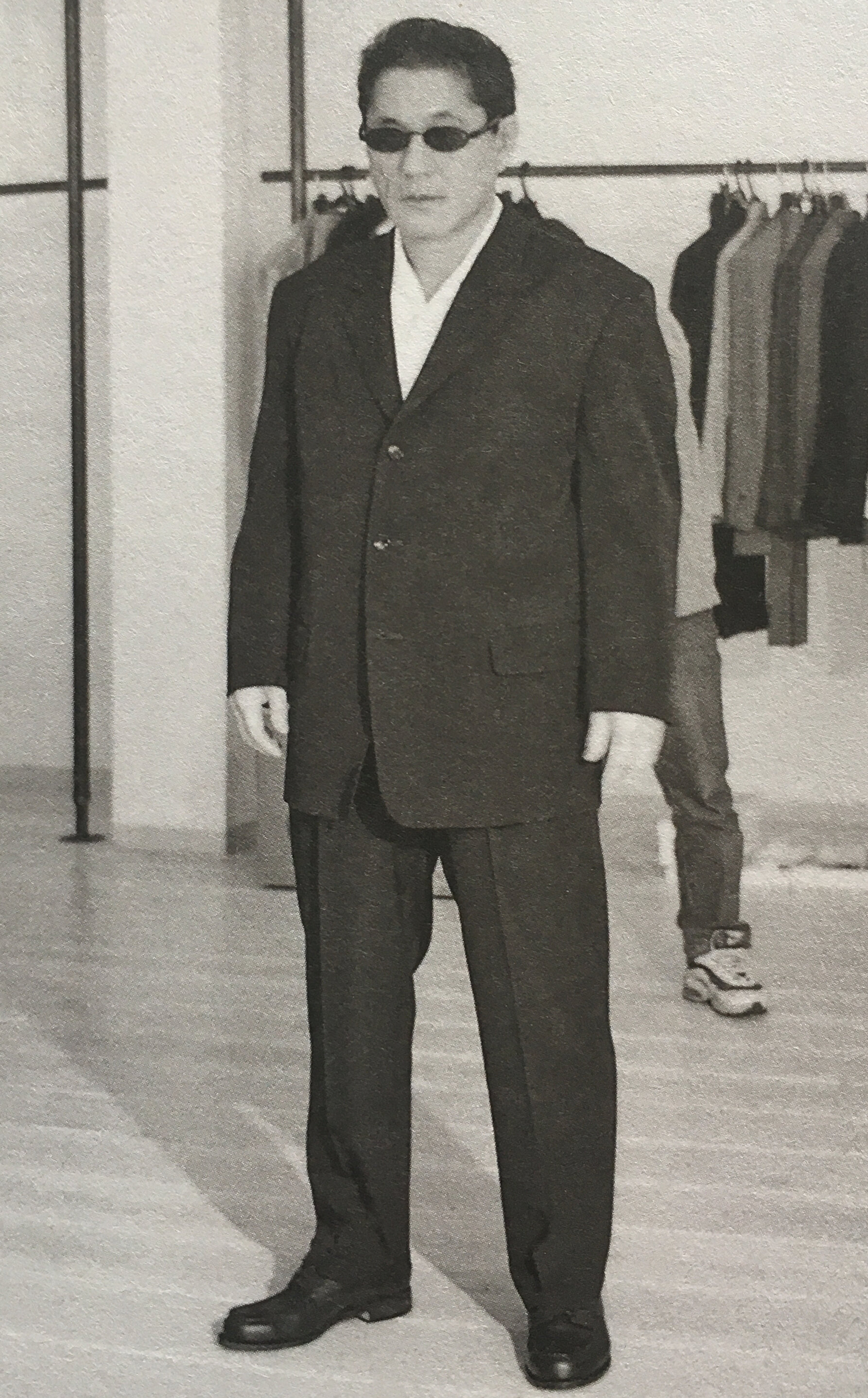
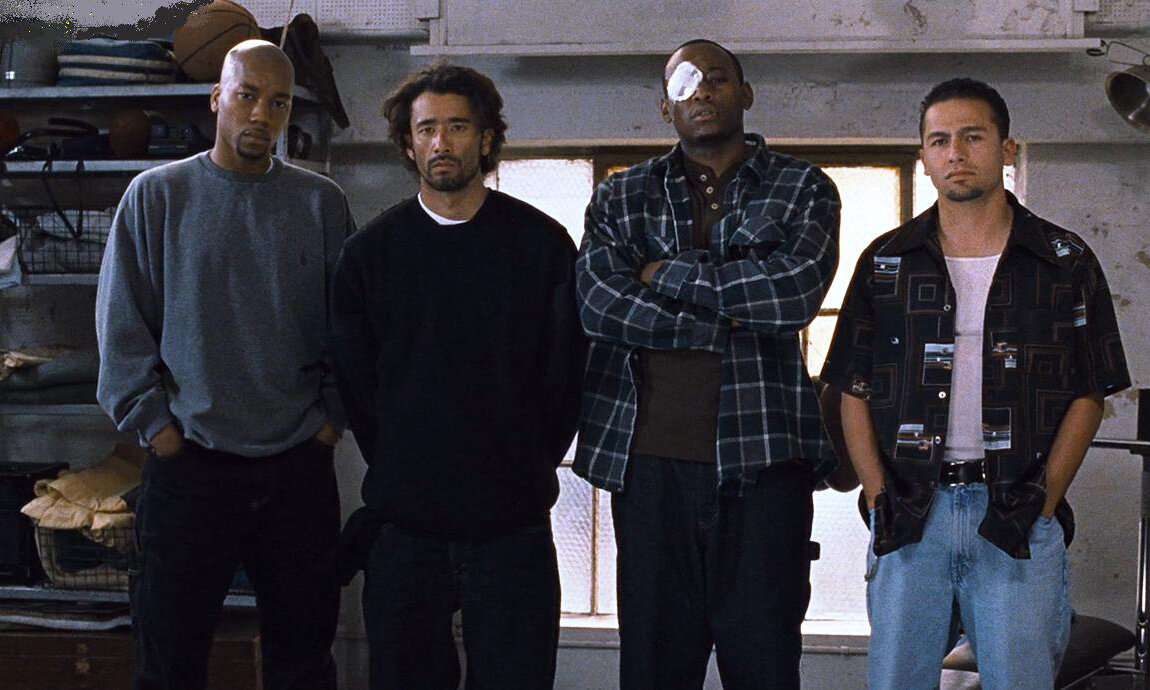



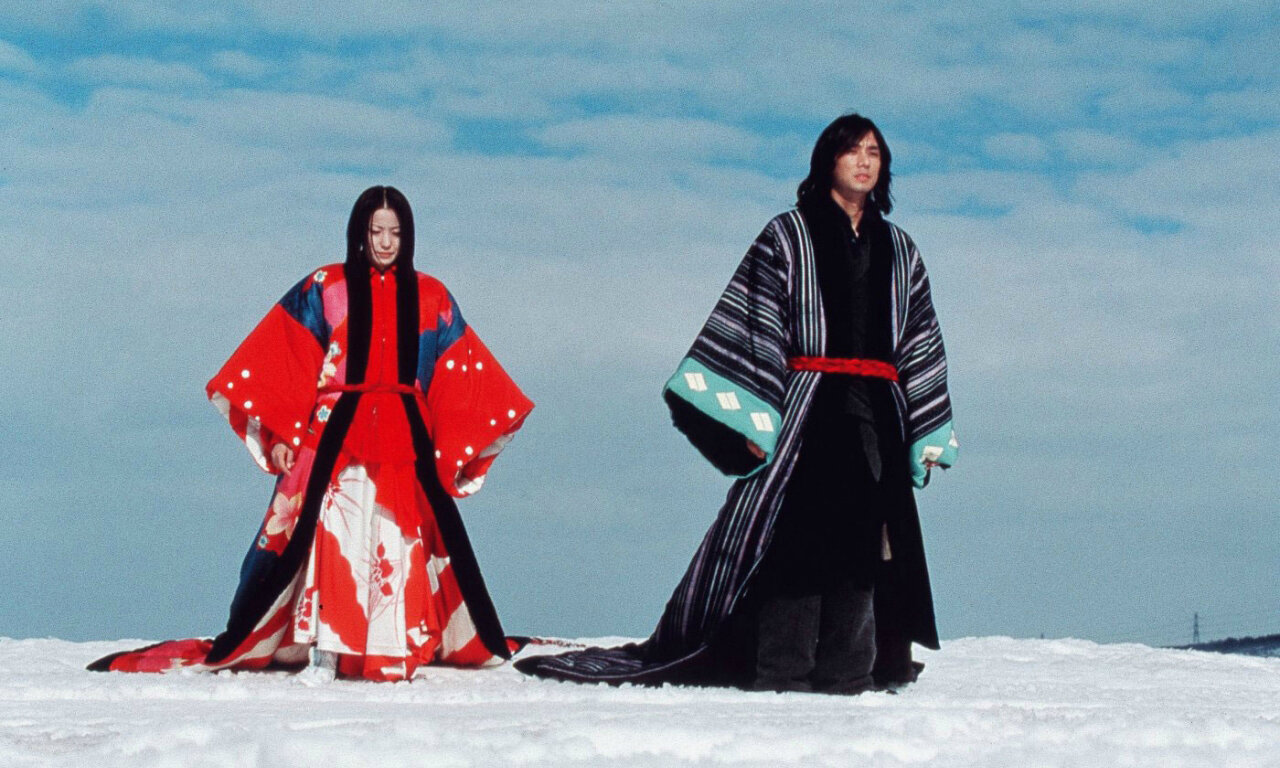


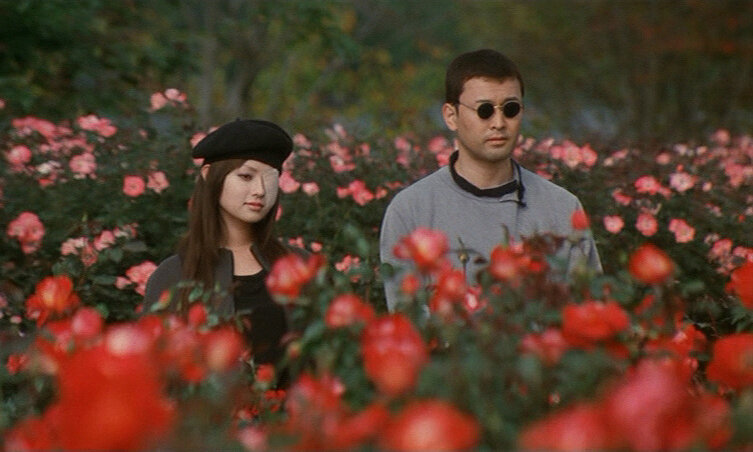




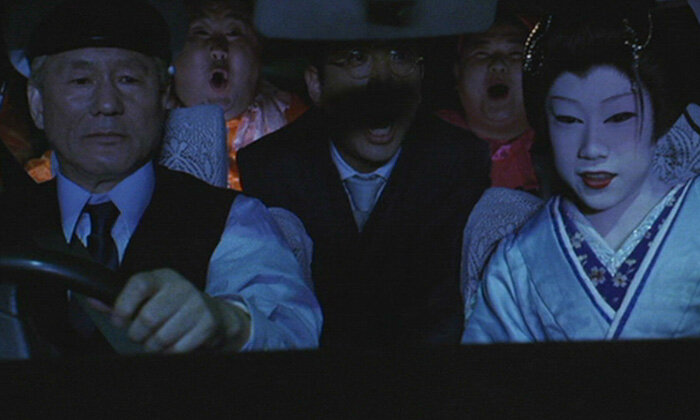




![Kikujiros Summer By Takeshi Kitano [1999]](https://images.squarespace-cdn.com/content/v1/57825361440243db4a4b7830/1639476084448-CV86EV9W0ZLAQZ3GZC9M/170928981_121083863340401_6216938534134466890_n.jpg)
